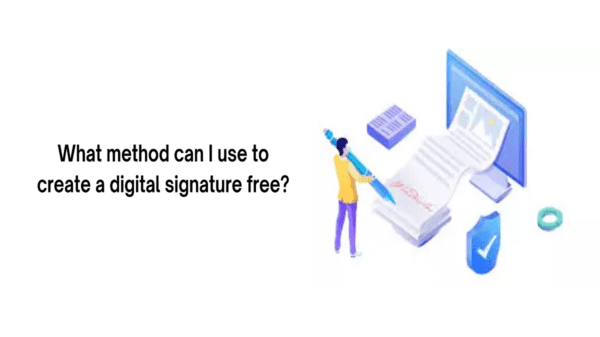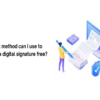How well do you know how eSignature works? Seeing as how June 30 was a National ESIGN day, we feel like it’s the right time to get reacquainted with the fundamentals. Or, if you are not that familiar with electronic signing, this is a great chance to start learning!
It’s been 18 years since the US Congress approved the Electronic Signatures in Global and National Commerce Act. It governs the legal status of eSignatures (more on that below) and was an important milestone in contract management.
The electronic signature software allows you to sign documents in a digital form. It provides a number of security layers and allows to drastically speed up the signing process by switching to a paperless document flow. It also often offers handy additional features like doc status tracking.
Now that we’ve taken care of the basics, let’s proceed to the most popular questions!
1. Are there any differences between electronic signature and digital signature?
Yes. Any kind of manifestation of consent – from a picture of your handwritten signature to a tick in a Terms & Conditions checkbox – can be considered electronic signature. The digital signature is a subvariety of electronic signature that uses complex cryptography to uniquely associate a document and its signer.
2. So a digital signature is just an improved and more secure version of an electronic signature?
Not really. Both types can apply similar security measures to protect the documents and personal data. Digital signatures are sometimes mandatory to comply with strict identity checks. But they are also more expensive, which usually makes them sub-optimal for everyday use compared to the electronic ones.
3. How do such services secure documents and document workflow, exactly?
Specific security measures vary depending on the software developer. For instance, it is highly effective to apply data encryption, like AES-256. This is the same type of encryption that is used by the US government to protect their TOP SECRET information. AES-256 secures any and all of your data within the app.
4. What is the legal status of electronic signatures?
ESIGN act in the US (similarly to eIDAS in the EU) permits the use of eSignatures in most situations and preempts many laws that could otherwise limit their use. So while any party or institution has the right to demand the use of a wet signature, they rarely opt for this in favor of an electronic one.
5. So I can sign all my documents electronically now?
For the most part. Examples of the areas that still require wet signature are:
- court proceedings, briefs, court orders, and pleadings
- utility or insurance plans cancellation and product recalls
- certain loan-related documents like borrowers authorization
- the transportation or handling of hazardous materials
6. Can I eSign offline?
These are the optional features that we’ve mentioned in the beginning of the article. Advanced apps, like KeepSolid Sign, support the offline mode and can be installed to a number of popular platforms so as not to bind you to a specific device. But others might not be that convenient, so make sure to reconfirm this aspect when choosing an eSign app.
7. Are dedicated electronic signature services expensive?
Rarely. Most often, eSignature apps offer varying pricing plans that are aimed to fit their customers’ needs and be cost-effective. Some include Personal and Team subscriptions, while others differ by Team size. Most apps offer a free trial to try the service and some even provide you with the opportunity to sign several documents for free.
As you can see, an electronic signature is a real-time life-saver. It enhances paper flow on so many levels that any business which still hasn’t implemented this technology to its work process can be justly deemed outdated. You wouldn’t like to fall into this camp, would you?
Michael Zernov is an author and editor in KeepSolid Inc. Michael specializes in online security, privacy, and productivity industries, writing for VPN Unlimited blog and KeepSolid blog.
























































































































































































